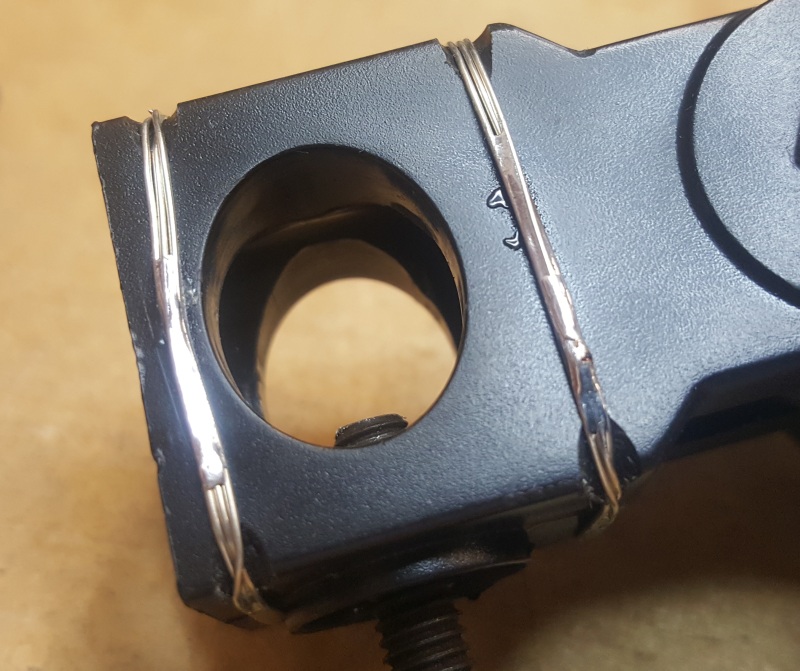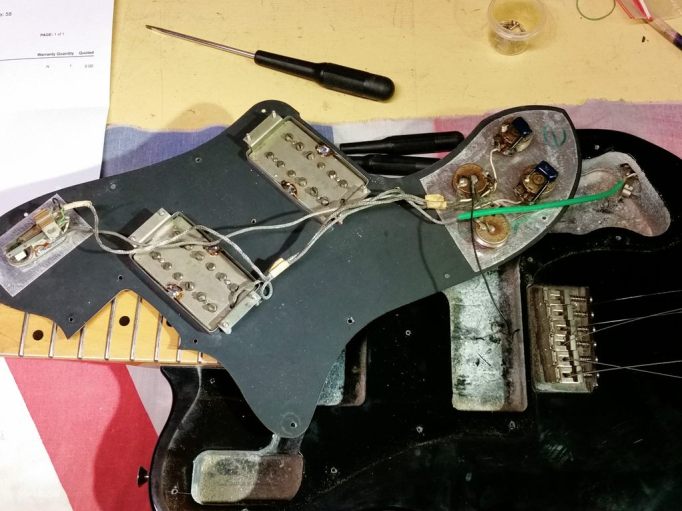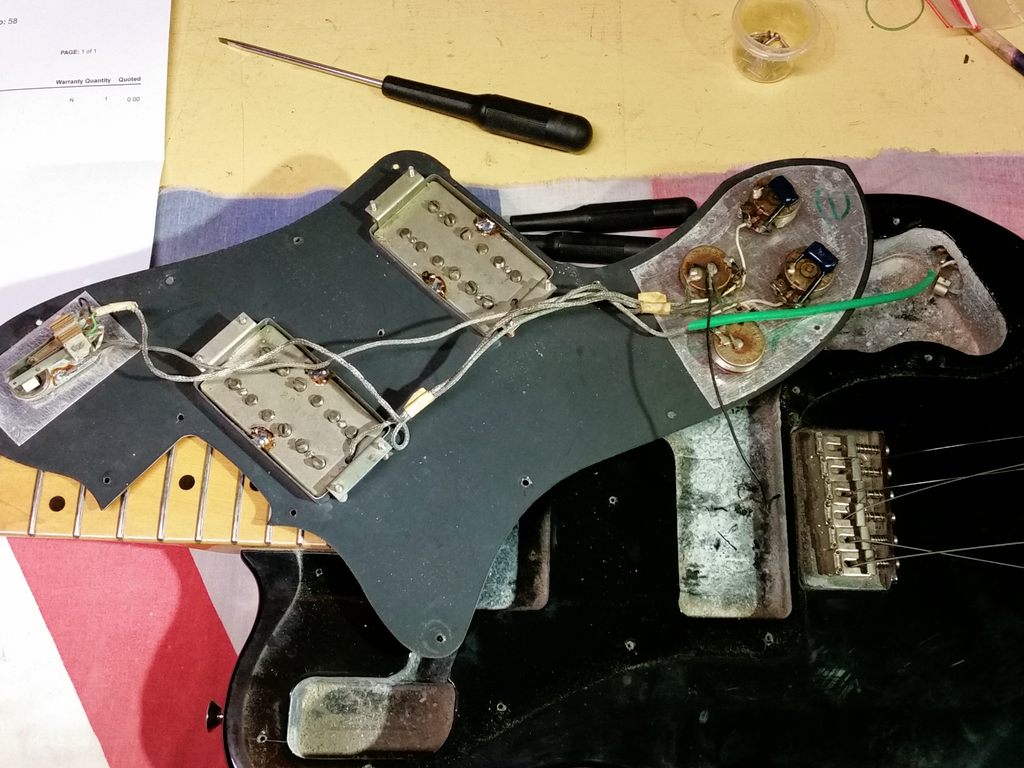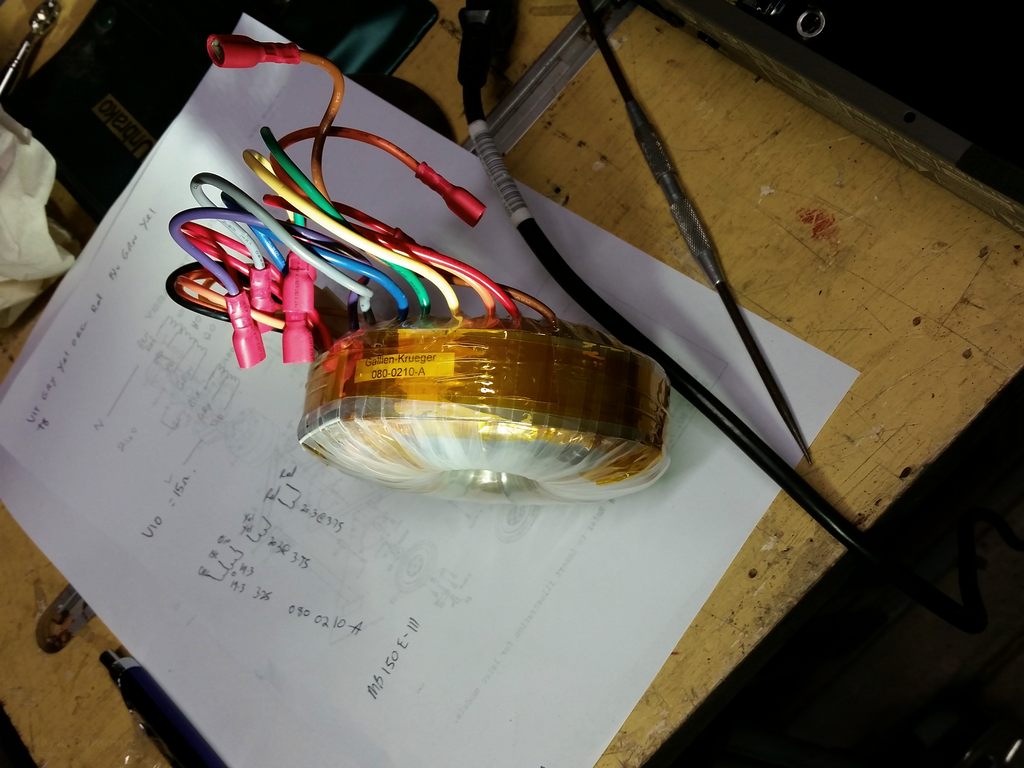Manfrotto MH055MO-Q6 Ball Head
I haven’t posted for a while due to just simply being busy but I think you will like this one.
I recently purchased a second hand Manfrotto MH055MO-Q6 Ball Head. I wont say where from and perhaps the “good price” should have triggered alarm bells. I took the bait, I was assured it was in good working “near new” condition. It was Manfrotto. What could go wrong with these robust and lovely engineered beasts? It arrived in good time and the un opening indeed revealed a pretty unscratched, clean looking ball head. I put it through some basic tests and noticed the pan lock was weird and not locking. I hadn’t touched one of these before and there is very little info in its “user manual” or on the net. So I was a little unsure. I put it aside, this was going to require more time.
Next day I spent 3 hours learning, discovering and researching this beast. Eventually we would have a happy ending but it took a few tears and anger management to get there. I’d like to point out here that I feel its a bit of a design flaw on Manfrotto side, perhaps its been addressed in the later revisions but the design does allow the user to get it wrong and potentially wreck it.

Pan plate screw thread
Tale of two pieces.
Lets get straight to the problem and then we will reverse engineer the solution. As you can see above this pan assembly screws up into the ball head. It’s all a little bit interactive. It sets some pretension on the ball head friction so you can’t just screw it all the way in, more on that later. As you can see in the picture the thread is burred and flattened. This is because the threaded plate has spun around and become out of sync with the pan lock pin. The lock pin should protrude through those holes and clamp on the black inner plate NOT the aluminium thread.

Pan lock pin alignment
If you remove the pan lock knob and its pin you should see this above. A clear hole through to the black plate. In my case all I could see was mushed silver thread. To be totally sure its correct. When you put the pin in it should almost be flush with the outside. If not something is stopping the pin going all the way in and it will grab and mush whatever is in its way.

Pan lock pin pushed all the way in.
Lets dig a little deeper.
How it Works..
Disclaimer first. I am not a repair centre. All the information here was gleamed by pulling it apart and thinking it though. As a side note I did find a schematic (spare parts drawing) of similar heads here.
The pan assembly, once removed, consists of three parts. (right to left) the black pan base plate, the aluminium screw plate including the bearing or glide surface and a brass tension/lock ring. The lock ring holds the screw plate onto the black base plate. Looking closely at the brass ring you can see little circles. These are made by the friction or gap setting screws which come up thru the base plate. They stop the brass ring from sandwiching the screw plate to the base so tight that it wont spin/pan. Ill come back to that later. The screw plate simply sits on the base plate , where all that grease is and spins around it. In position, inside the ball head the screw plate does NOT move. It’s actually the black part that spins around. Or its the casing that spins around the stationary base plate which is screwed to the tripod. I guess that’s a Earth around the Sun or Sun around the Earth debate. I’ll leave for the flat earthers to decide.

Pan plates separated.
In my case the lock pin was grabbing on the silver thread and locking that (whilst mushing the thread). This however still allowed the black plate to spin around and thus no pan lock.
The Repair
Was two fold. Repair the damage to the screw thread and then make sure everything was in alignment and the friction was correct across all the surfaces.
As mentioned above the brass ring sandwiches the screw plate to the base plate and with the aid of the set screws sets the friction of the pan. This is where some tooling up is required. In order to remove the pan assembly from the ball head and then the brass ring I had to make up a manfrotto spanner 🙂 Simply a bar of aluminium with appropriate spaced screws that line up with the dowel holes. Shown below is the brass ring end of the spanner.

DIY Manfrotto Spanner
This tool allows me to unscrew the brass ring from the base plate. I cleaned all mating surfaces or mushed aluminium dust and re greased. Re-assemble with just the right amount of pan friction. It shouldn’t wobble but should also not be too tight to spin around. Removal of the pan base from the head requires the other end of my spanner. Here I have a 3/8 hole so a bolt can lock it into the base(via tripod thread) Two 3mm screws thread through the spanner and into the two large dowel holes(left n right) and finally into the smaller holes in the silver screw plate. You may have to rotate things a bit to get this all to line up. Note in the image below you can also see the black rubber ball (up n down)which normally sits snugly on top of the brass ring set screws. You will need to remove these to adjust the friction and if you are going to separate the brass ring from the assembly.

Removing the pan assembly from the head.
and this is the pan assembly end of the spanner. Ignore the left most hole it was in error and not used. The bolt holds the spanner to the base and the two screws must engage into the dowels on the silver screw plate. Its this plate, the inner aluminium that needs to be unscrewed. Note in my case as the thread was mushed this was a little bit hairy. I didn’t want to cause more problems to the already damaged thread. Take it easy, especially when putting it back in paying close attention not to cross thread it.

3/8 bolt and two 3mm screws to engage and allow unlocking of the thread plate.
Once removed I cleaned the screw thread very carefully with small needle files only where it was mushed and hope it wouldn’t derail on the way back in. When screwing the assembly back into the head don’t go all the way as that will apply pressure to the ball lock assembly. I pretty much went in till it stopped then unscrewed until the pan lock hole aligned with the screw thread plate hole as shown previously. This gave me a loose ball but still plenty of friction to lock it in position when required and allowed proper use of the pan lock system.
So here is the $100 flaw.
One may ask, “so what stops the silver plate from unscrewing when you pan the head”? I hope you are still with me and have followed to the end because this is the important part. Apart from the pan knob and lock pin there is nothing else. So if you do unscrew the knob ie loosen it way too much then swivel the pan it can become unaligned. Except for this one little old grub screw I wonder what you do?

the grub screw
Hidden away almost under the ball lock knob is a small grub screw. If you are removing the base assembly this screw must be removed. It basically screws into the silver thread and locks it to the outer casing..ie stops it from unscrewing itself on the odd occasion someone has removed the pan knob and swivels the pan base. There is no indent or dowel hole and the grub is small compared to the mechanical advantage of the base so it does not provide this, after thought, of safety very well. Make sure you put it back in tho.
All Smiles.
The end result turned out ok. I avoided a financial disaster and possibly saved confrontation with a disreputable seller. I also have to report the head lives up to its name. Ok it was perhaps abused by a muppet of a user but on the upside and in the hands of someone with even half an IQ point its a super solid robust bit of kit that will no doubt last a lifetime. Even after abuse and misuse Manfrotto lives on.






















































